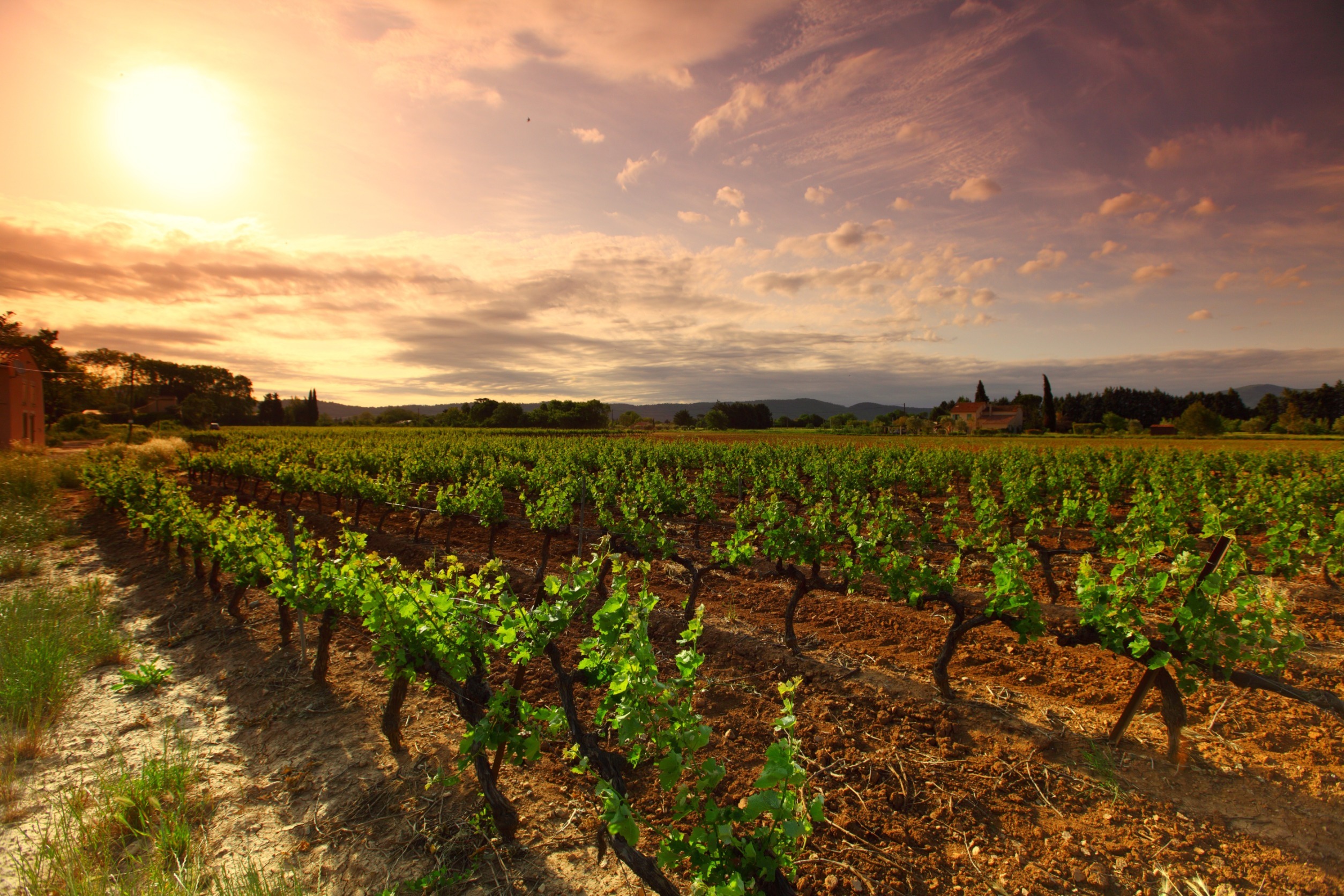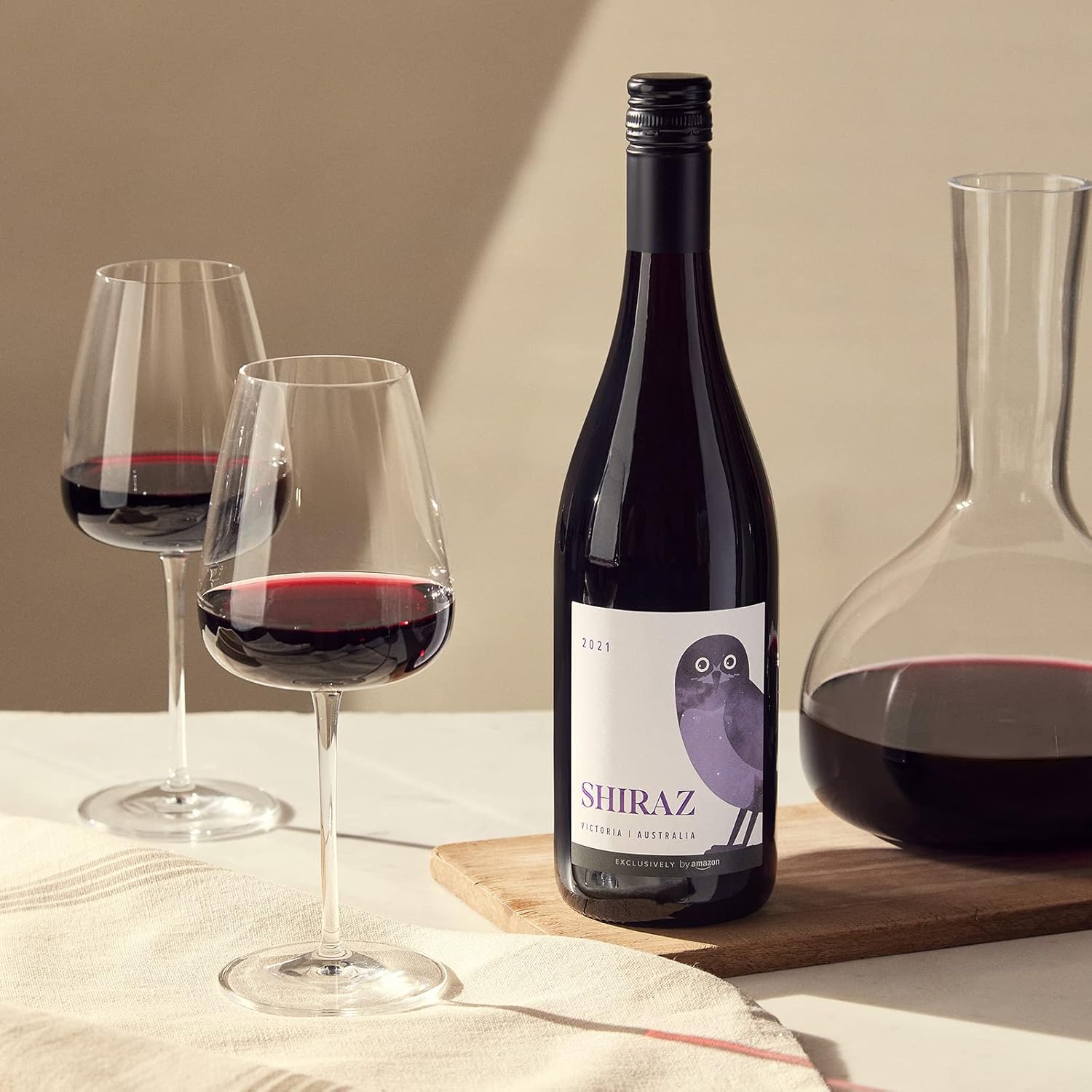
Australian Shiraz is one of the most famous and beloved wines in the world, renowned for its bold flavors, rich texture, and unique expression of the Syrah grape. In this article, we will explore the origins and history of Shiraz, its sensory characteristics, production volumes, and the key regions where the grape is grown in Australia.
Origins and History
Shiraz, known as Syrah in its French homeland, is one of the world’s oldest and most noble grape varieties. The grape’s origins can be traced back to the Rhône Valley in France, where it has been cultivated for centuries. The name “Shiraz” is derived from the ancient Persian city of Shiraz, although there is no direct connection between the city and the grape. The Australian use of the name “Shiraz” is simply a local adaptation, and it has become the common term for the grape in Australia and many other parts of the world.
Shiraz was introduced to Australia in the early 19th century by James Busby, a Scottish viticulturist who is often referred to as the “father of Australian wine.” Busby brought cuttings of Syrah (along with other grape varieties) from Europe to Australia in 1832, and these were planted in various regions across the country. The grape quickly adapted to Australia’s diverse climates and soils, and by the late 19th century, Shiraz had become one of the country’s most important and widely planted grape varieties.
Throughout the 20th century, Shiraz production in Australia expanded significantly, and the grape developed a unique identity in its new home. Australian Shiraz began to diverge from its French counterpart in terms of style and character, reflecting the distinct terroir and winemaking practices of Australia. Today, Shiraz is the most widely planted red grape variety in Australia, and it has become synonymous with the country’s wine industry.
Sensory Characteristics
Aroma and Flavor Profile
Australian Shiraz is celebrated for its intense and vibrant aromas, which are often dominated by ripe, dark fruit notes. The primary aromas typically include blackberries, plums, and black cherries, creating a rich and fruity bouquet. Depending on the region and the specific vineyard, these fruit aromas can vary in intensity, with some wines showing more red fruit character, such as raspberries and strawberries, while others lean towards darker, more concentrated fruit notes.
In addition to its fruit-driven profile, Australian Shiraz often exhibits a range of secondary aromas that add complexity to the wine. Common secondary notes include black pepper, licorice, and an array of sweet spices like cinnamon and clove. In some cases, the wine can also reveal earthy undertones, such as leather, tobacco, or even a hint of eucalyptus, particularly in Shiraz from cooler regions like the Hunter Valley or Victoria.
The use of oak aging in many Australian Shiraz wines introduces further layers of aroma, including vanilla, chocolate, and smoky or toasted notes. The extent of these oak influences depends on the winemaker’s approach, with some opting for subtle integration, while others embrace a more pronounced oak character.
Palate and Texture
On the palate, Australian Shiraz is known for its full-bodied and robust structure. The wine typically has a rich, mouth-coating texture, with smooth, velvety tannins that contribute to a luxurious feel. The fruit flavors on the palate are often intense and concentrated, mirroring the aromas of dark berries and plums.
Shiraz’s natural acidity is usually moderate, providing balance to the wine’s richness and ensuring that it doesn’t become overly heavy. This acidity also contributes to the wine’s freshness, making it a versatile partner for food pairing.
The tannins in Australian Shiraz can range from soft and approachable in younger wines to firmer and more structured in age-worthy examples. These tannins, along with the wine’s high alcohol content (often between 14% and 16%), give Shiraz its powerful presence on the palate. Despite its boldness, well-made Shiraz remains balanced and harmonious, with no single element overpowering the others.
Finish and Aging Potential
The finish of Australian Shiraz is typically long and lingering, with the intense fruit flavors carrying through to the end, often accompanied by a touch of spice or a hint of oak. The warmth from the alcohol can also leave a pleasing, lasting impression.
Australian Shiraz is known for its excellent aging potential, particularly those from premium regions like Barossa Valley or McLaren Vale. With time, the wine’s tannins soften, and the fruit flavors evolve into more complex notes of dried fruit, leather, and earth. Well-made Shiraz can age gracefully for 10 to 20 years or more, developing additional depth and complexity.
Production Volumes
Shiraz is the most widely planted red grape variety in Australia, accounting for a significant portion of the country’s wine production. As of the 2020s, there are over 44,000 hectares of Shiraz vineyards in Australia, representing nearly 30% of the country’s total vineyard area. This makes Shiraz the dominant variety in Australian wine production, both in terms of volume and value.
Australia produces millions of cases of Shiraz each year, with a substantial portion of this production destined for export markets. The United States, the United Kingdom, and China are some of the largest importers of Australian Shiraz, reflecting the wine’s global popularity.
Shiraz is produced across virtually all of Australia’s wine regions, with each region imparting its own unique characteristics to the wine. The Barossa Valley, McLaren Vale, Hunter Valley, and the regions of Victoria are particularly renowned for their Shiraz production, each offering distinct styles that cater to a wide range of consumer preferences.
Key Regions and Terroir
Australian Shiraz is grown in a variety of regions across the country, each with its own unique terroir that influences the style and character of the wine. Some of the most important regions for Shiraz production include:
- Barossa Valley
- The Barossa Valley in South Australia is arguably the most famous region for Shiraz in Australia. Known for its warm climate and ancient, low-yielding vines, Barossa Shiraz is typically bold, rich, and full-bodied, with intense flavors of ripe blackberries, plums, and chocolate. The wines often have a high alcohol content and can be quite powerful, yet they retain a sense of balance and elegance. Old vine Shiraz from the Barossa is particularly prized for its concentration and complexity.
- McLaren Vale
- McLaren Vale, also in South Australia, is another key region for Shiraz. The wines from McLaren Vale are known for their fruit-forward character, with vibrant flavors of dark berries, spice, and licorice. The region’s proximity to the coast provides a cooling influence, which helps to preserve the acidity and freshness in the wines. McLaren Vale Shiraz is often more approachable in its youth compared to Barossa Shiraz, but it can also age gracefully.
- Hunter Valley
- Located in New South Wales, the Hunter Valley is one of Australia’s oldest wine regions. Hunter Valley Shiraz is typically lighter and more elegant than its South Australian counterparts, with a focus on red fruit flavors, soft tannins, and a subtle, earthy complexity. The region’s warm, humid climate produces Shiraz with lower alcohol levels and a more restrained profile, making it a distinctive expression of the grape.
- Victoria
- The state of Victoria is home to several important Shiraz-producing regions, including the Yarra Valley, Heathcote, and the Grampians. Shiraz from these regions varies in style, but they generally offer a cooler climate expression of the grape, with higher acidity, more red fruit character, and a spicier, more peppery profile. Heathcote, in particular, is known for its intense, concentrated Shiraz with a strong mineral backbone.
- Western Australia
- While less famous for Shiraz than South Australia, Western Australia’s Margaret River and Great Southern regions produce high-quality Shiraz with a distinctive character. These wines often have a more restrained, elegant style, with bright acidity, fine tannins, and a mix of red and dark fruit flavors. The maritime climate of Margaret River contributes to the wine’s freshness and balance.
Viticulture and Winemaking
Australian Shiraz is cultivated with a focus on achieving optimal ripeness and flavor concentration. The grape is well-suited to Australia’s warm and sunny climate, which allows it to ripen fully and develop the rich, ripe flavors that are characteristic of Australian Shiraz. However, winemakers must carefully manage vineyard practices to ensure that the grapes do not become overripe, which can lead to excessive alcohol levels and a loss of balance.
In the winery, Shiraz can be made in a variety of styles, ranging from fruit-forward and easy-drinking to more complex and age-worthy. Winemakers often use a combination of stainless steel and oak barrels for fermentation and aging, depending on the desired style. Oak aging, particularly in French or American oak barrels, is common in the production of premium Shiraz, adding layers of vanilla, spice, and smoky notes to the wine.
Blending is also a common practice in Australian Shiraz production, with winemakers sometimes blending Shiraz with other grape varieties such as Grenache or Mourvèdre (Mataro) to create a GSM blend, which adds complexity and balance to the wine.
The Global Market and Trends
Australian Shiraz enjoys a strong presence in the global wine market, with its bold flavors and quality-driven approach appealing to consumers around the world. The wine’s popularity is bolstered by its consistent quality and value, making it a favorite choice for both casual and serious wine drinkers.
Recent trends in Australian Shiraz production include a growing emphasis on single-vineyard and old-vine expressions, reflecting the diversity and unique characteristics of specific terroirs. There is also a heightened focus on sustainability and organic practices, aligning with global trends toward environmentally friendly viticulture.
Australian Shiraz is a wine that epitomizes the bold, innovative spirit of Australian winemaking. From its origins in the Rhône Valley to its evolution into a distinctly Australian expression, Shiraz has become a cornerstone of the country’s wine industry. With its rich, intense flavors, versatile styles, and wide appeal, Australian Shiraz continues to captivate wine enthusiasts globally, showcasing the depth and diversity of this remarkable grape variety.
Products
Shiraz from Australia is available from virtually everywhere. If you are interested in Amazon’s own label variety then try their offer which has been sourced from a vineyard in the state of Victoria. This only recently took bronze medal in the 2024 Decanter World Wine Awards which is wine’s version of the Olympics.

 Age Verification Required on Delivery: This product is not for sale to people under the age of 18. To confirm the recipient is over 18 years, valid photographic ID with a date of birth will be required upon delivery for all customers. The driver will input your date of birth into their device to confirm that age verification has been completed successfully, but will not be able to access your date of birth information once your delivery is complete.
Age Verification Required on Delivery: This product is not for sale to people under the age of 18. To confirm the recipient is over 18 years, valid photographic ID with a date of birth will be required upon delivery for all customers. The driver will input your date of birth into their device to confirm that age verification has been completed successfully, but will not be able to access your date of birth information once your delivery is complete.

Leave a Reply